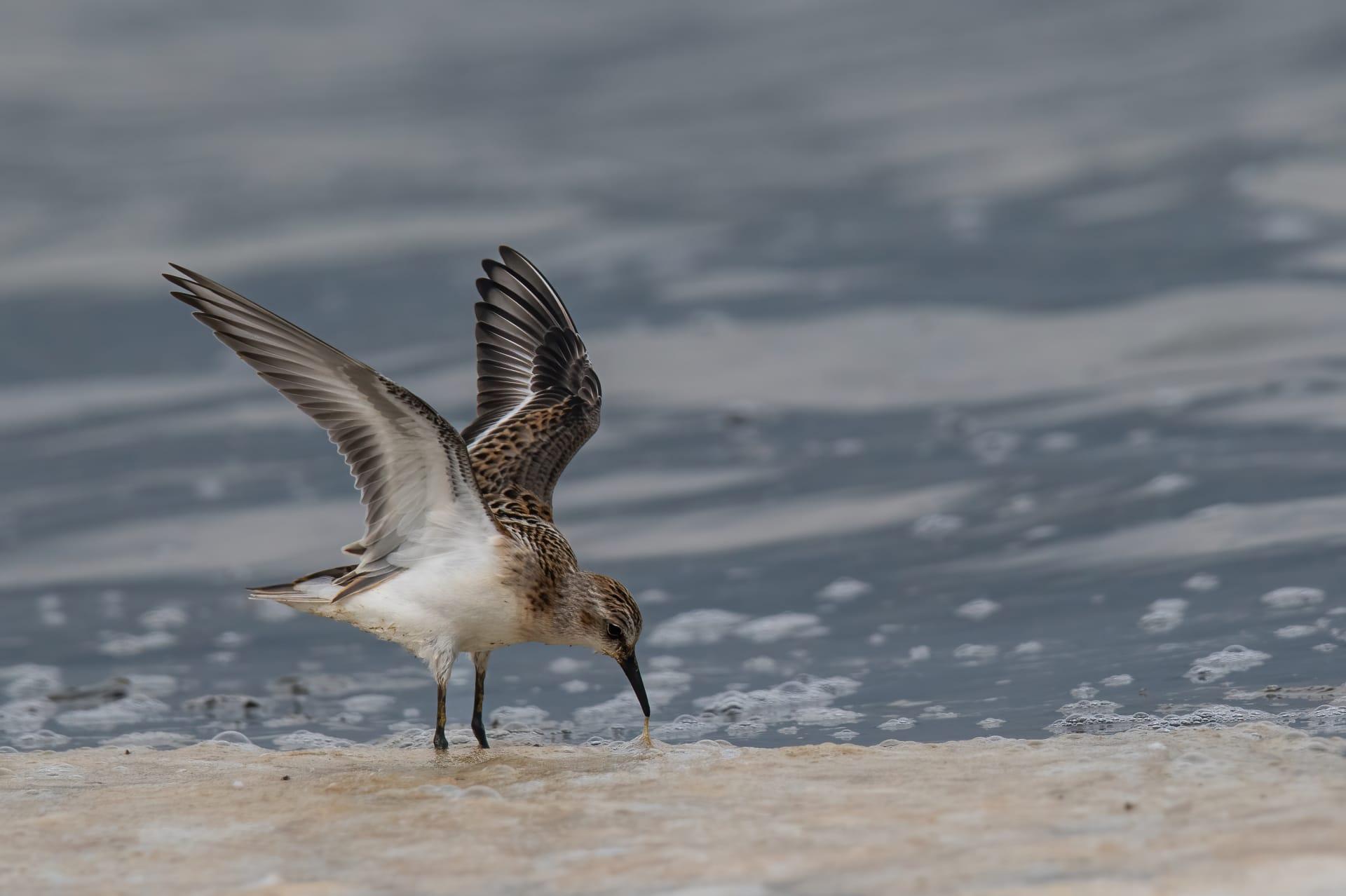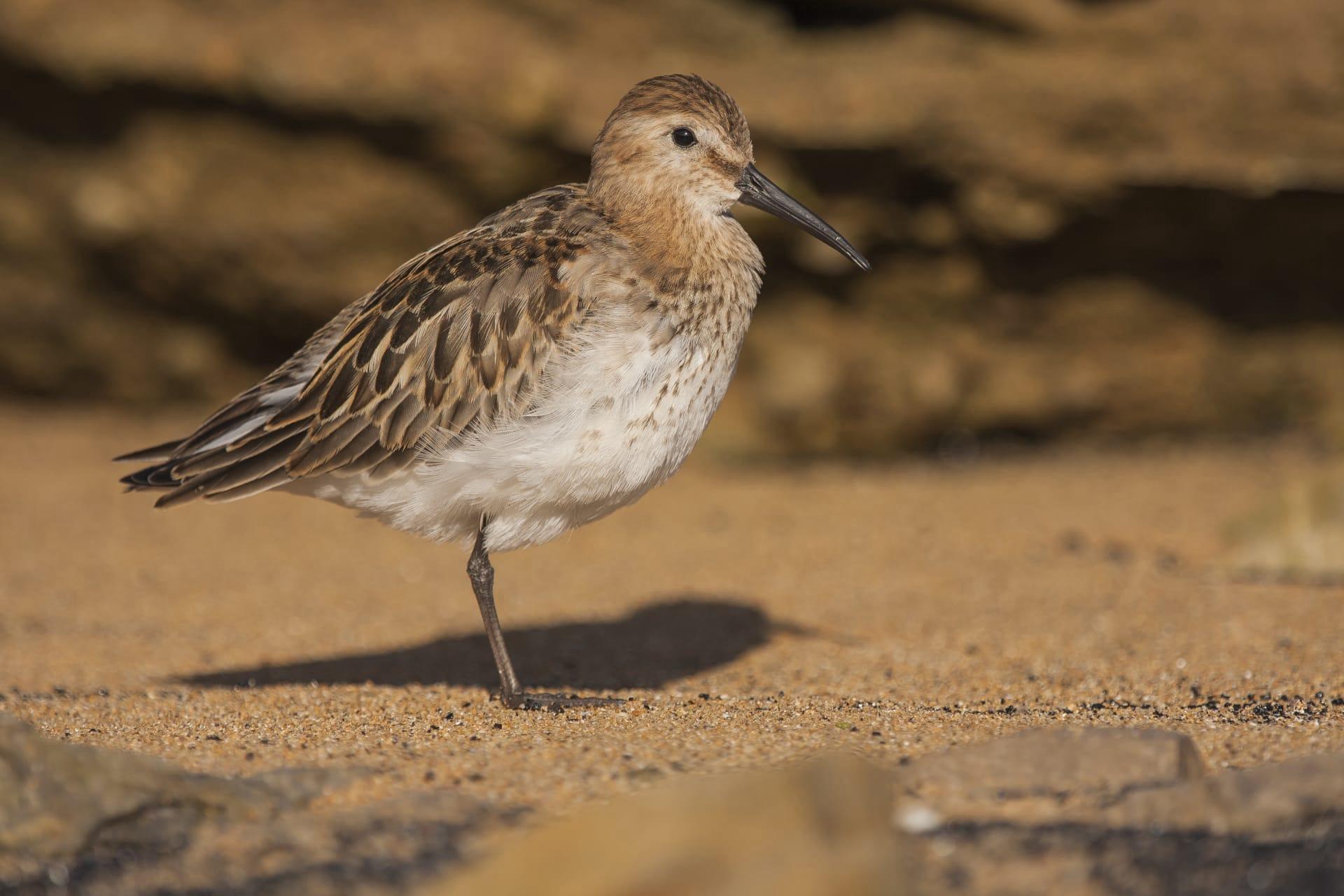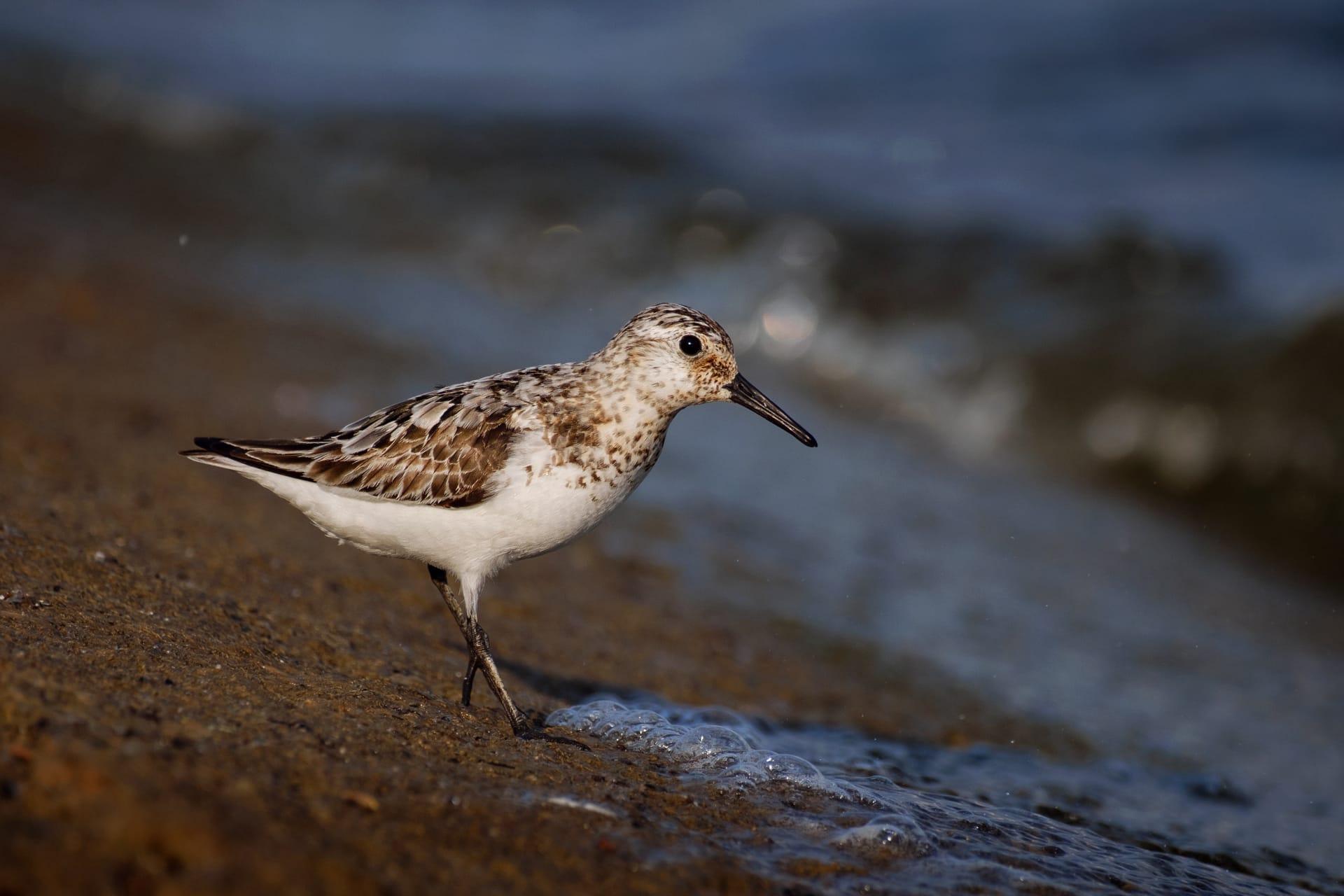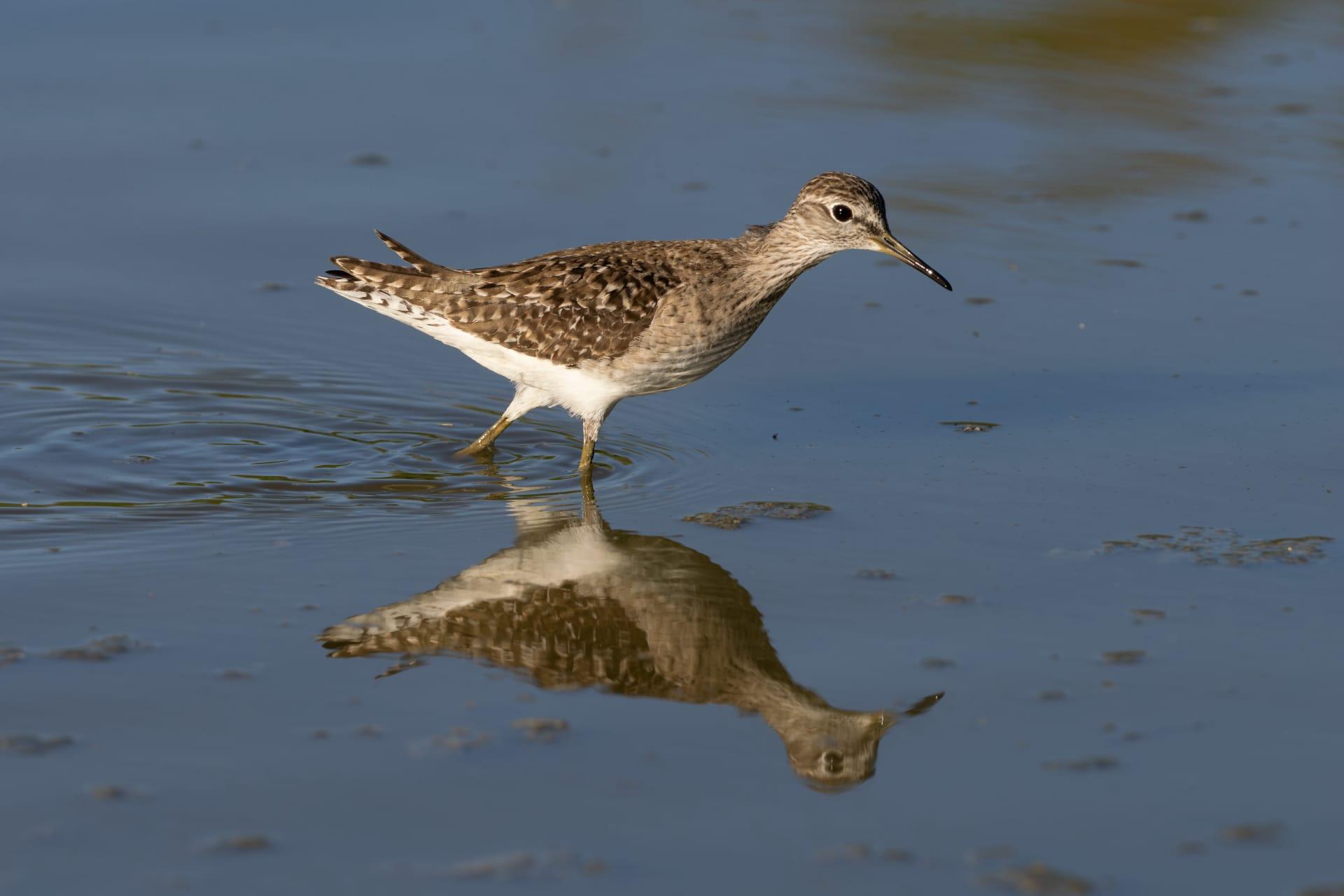Sandpiper Characteristics
- Home /
- Mini Encyclopedia /
- Animal /
- Sandpiper Characteristics
1
Sandpipers, small to medium-sized wading birds, display a fascinating array of physical features. Typically, they range from 6 to 8 inches in length, with some species stretching up to 12 inches. Their weight varies, usually falling between 50 to 100 grams, making them lightweight and agile. These birds can live surprisingly long for their size, with many reaching up to 10 years in the wild, a testament to their resilience and adaptability.
One of the most remarkable organs of a sandpiper is its beak. Unlike other birds, the beak of a sandpiper is not just a feeding tool but a highly sensitive organ. The tip of the beak is packed with nerves and is exceptionally flexible, allowing the bird to detect and capture prey hidden beneath wet sand or mud. This unique adaptation enables sandpipers to forage in different environments, making them successful hunters in their habitats.

2
Question: Why do sandpipers often bob their heads while walking?
Answer: This head-bobbing motion, frequently observed in sandpipers, is a fascinating aspect of their behavior. When a sandpiper walks and bobs its head, it's not just a quirky trait but a crucial part of its visual and balance system. The rapid forward-and-backward movement helps stabilize their vision as they move, allowing them to keep a constant view of their surroundings. This is vital for spotting predators and prey, especially in their dynamic, often visually cluttered shoreline environments.

3
Sandpipers are known for their incredible agility and speed. These birds can run at impressive speeds, often clocking up to 20-25 miles per hour when escaping predators or chasing after food. Their slender legs, longer relative to their body size, provide them with the necessary leverage for swift movement across sandy or muddy terrains.
In terms of feeding habits, sandpipers exhibit a technique known as 'probing'. They use their sensitive, elongated beaks to probe into soft substrates like mud or sand to find food. This method allows them to feed on small invertebrates, worms, and crustaceans that are otherwise hidden. Their beaks can detect the slightest movements and pressure changes, enabling them to locate and snatch up their prey with remarkable precision.

4
Sandpipers are adaptable and can be found in a variety of environments, though they favor coastal regions, mudflats, and estuaries. These areas provide the ideal foraging grounds, rich in aquatic invertebrates. Some species are also found inland, along rivers, and in wetlands, showcasing their ability to thrive in diverse habitats.
Regarding reproduction, sandpipers are ground nesters, often choosing well-camouflaged spots to lay their eggs. They typically have clutches of 3-4 eggs, which both parents incubate. The young are precocial, meaning they are relatively mature and mobile shortly after hatching. This early independence is crucial for survival in the often harsh and predator-rich environments where sandpipers live.

5
Book: "The Flight of the Sandpiper" by James McArthur, published in the United States in 1995. This book explores the migratory journey of sandpipers, detailing their incredible endurance and navigation skills. McArthur's narrative combines scientific research with engaging storytelling, offering insights into the challenges and triumphs these birds face annually.
Book: "Wings over the Waters" by Helen Fielding, released in the United Kingdom in 2003. Fielding delves into the lives of various wading birds, with a significant focus on sandpipers. The book highlights their ecological importance and the conservation efforts needed to protect their habitats. Through vivid descriptions and personal anecdotes, Fielding brings to life the intricate world of these fascinating birds.